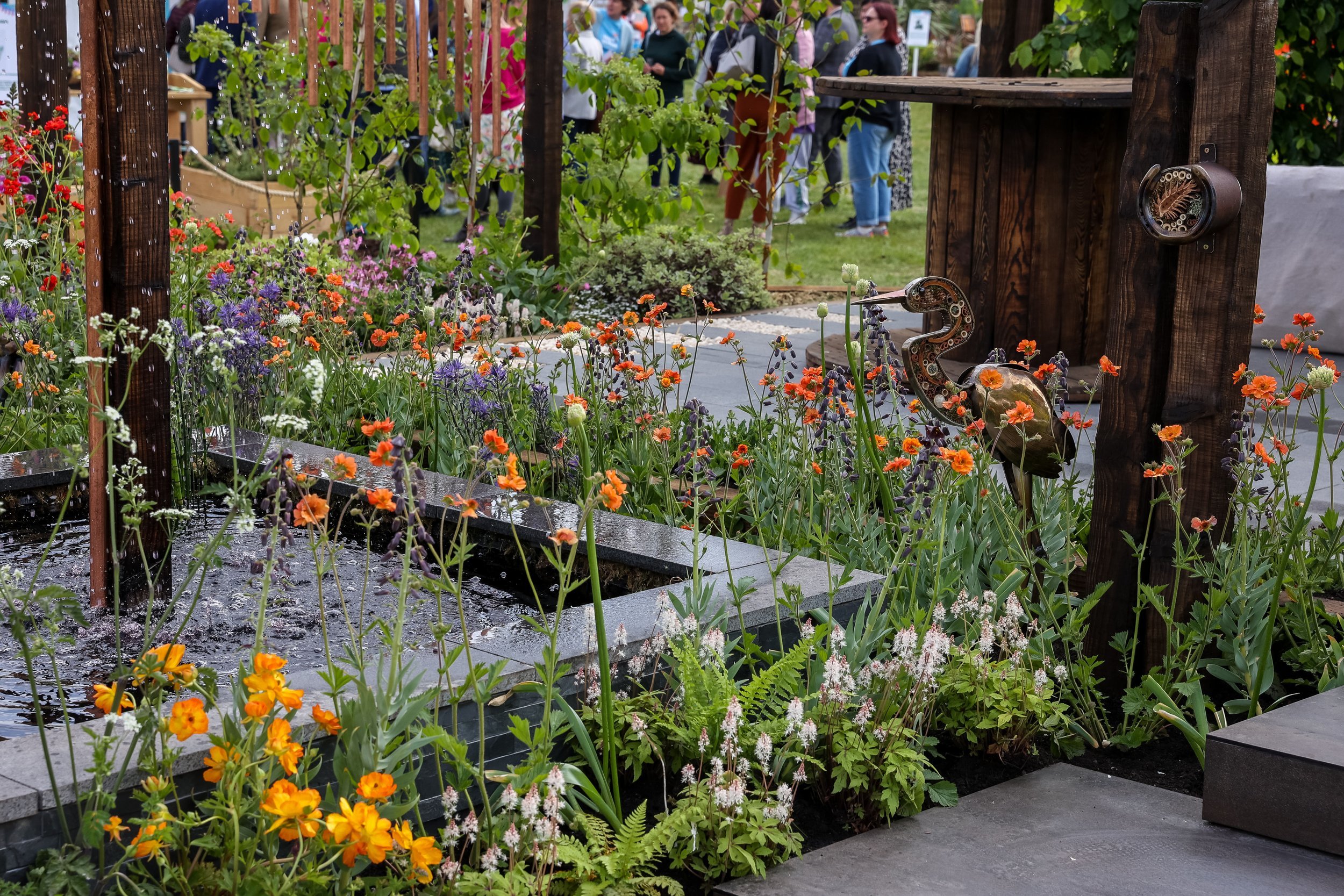Traditional Gardens: A Look into the Beauty of Nature
Traditional gardens not only serve as a source of food and herbs, but also act as a place to relax and connect with nature. In this article, we will delve into the beauty of traditional gardens, explore their stylistic choices, understand why they are still popular, and provide tips for homeowners who are considering creating their own traditional garden.
What is a Traditional Garden?
A traditional garden is a planned outdoor space that incorporates elements of nature to create an aesthetically pleasing and functional environment. These gardens typically follow a specific design or layout, which can vary based on the location and culture. The focus of a traditional garden is to create a natural and harmonious space that blends in with the surroundings.
Stylistic Choices
There are several common stylistic choices that can be seen in traditional gardens across different cultures. These include:
Use of natural materials
Traditional gardens often use natural materials such as wood, stone, and plants to create a rustic and organic feel.
Symmetry and balance
Many traditional gardens follow a symmetrical design, with elements being mirrored on both sides to create a sense of balance and harmony.
Water features
Ponds, fountains, and waterfalls are commonly incorporated into traditional gardens to add a calming element and attract wildlife.
Structural elements
Traditional gardens may also include structures such as pergolas, arbours, or gazebos to provide shade and add visual interest.
Traditional plants
Plants that are native to the region or have cultural significance are often used in traditional gardens to maintain authenticity and connection to the environment.
Why Are Traditional Gardens Popular?
Despite technological advancements and modern gardening methods, traditional gardens continue to be popular among homeowners. Here are a few reasons why:
Connection with nature: Traditional gardens are designed to blend in with the natural surroundings, creating a sense of tranquillity and connection with nature.
Timeless appeal: The enduring beauty and charm of traditional gardens make them appealing to people across generations. They have stood the test of time and continue to capture our fascination.
Tips for Creating a Traditional Garden
If you're considering adding a traditional garden to your home, here are some tips to keep in mind:
Research: Before starting on your traditional garden, do some research on the different styles and elements that are commonly used. This will help you create a look book of style ideas.
Look at natural materials: Traditional gardens often incorporate natural elements such as stone, wood, and even bamboo. These materials not only add to the aesthetic appeal but also provide functional benefits. Take a look at Marshalls’ materials to gain some inspiration.
Consider hiring a professional: If you're feeling overwhelmed or unsure about designing your own traditional garden, consider hiring a professional landscaper. They have the expertise and knowledge to create a stunning and functional traditional garden that meets your specific needs and preferences.
Traditional gardens have been popular for centuries due to their timeless appeal and connection with nature. They are a perfect blend of beauty, functionality, and personalization that can transform any outdoor space into a peaceful oasis.
In conclusion, traditional gardens offer a timeless and classic aesthetic that can be tailored to suit any home. With its focus on symmetry, balance, and harmony with nature, a traditional garden can create a peaceful and inviting atmosphere. By seeking inspiration from historical gardens, incorporating functionality, and hiring a professional, you can create the perfect traditional garden for your home. So why not add some charm and character to your outdoor space with a traditional garden?








